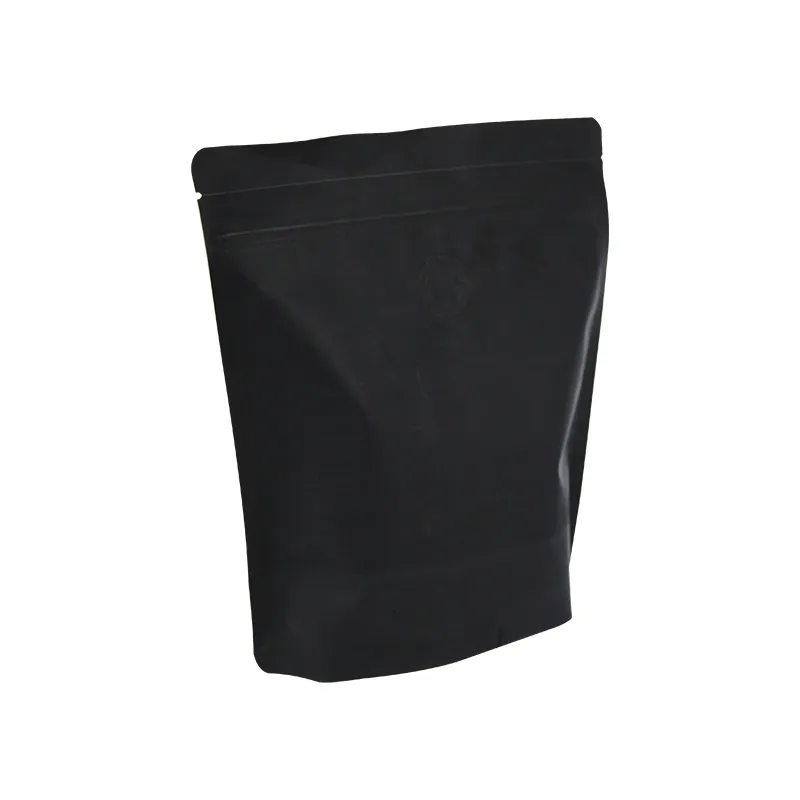- Afrikaans
- Albanian
- Amharic
- Arabic
- Armenian
- Azerbaijani
- Basque
- Belarusian
- Bengali
- Bosnian
- Bulgarian
- Catalan
- Cebuano
- chinese_simplified
- chinese_traditional
- Corsican
- Croatian
- Czech
- Danish
- Dutch
- English
- Esperanto
- Estonian
- Finnish
- French
- Frisian
- Galician
- Georgian
- German
- Greek
- Gujarati
- haitian_creole
- hausa
- hawaiian
- Hebrew
- Hindi
- Miao
- Hungarian
- Icelandic
- igbo
- Indonesian
- irish
- Italian
- Japanese
- Javanese
- Kannada
- kazakh
- Khmer
- Rwandese
- Korean
- Kurdish
- Kyrgyz
- Lao
- Latin
- Latvian
- Lithuanian
- Luxembourgish
- Macedonian
- Malgashi
- Malay
- Malayalam
- Maltese
- Maori
- Marathi
- Mongolian
- Myanmar
- Nepali
- Norwegian
- Norwegian
- Occitan
- Pashto
- Persian
- Polish
- Portuguese
- Punjabi
- Romanian
- Russian
- Samoan
- scottish-gaelic
- Serbian
- Sesotho
- Shona
- Sindhi
- Sinhala
- Slovak
- Slovenian
- Somali
- Spanish
- Sundanese
- Swahili
- Swedish
- Tagalog
- Tajik
- Tamil
- Tatar
- Telugu
- Thai
- Turkish
- Turkmen
- Ukrainian
- Urdu
- Uighur
- Uzbek
- Vietnamese
- Welsh
- Bantu
- Yiddish
- Yoruba
- Zulu
Innovative Designs in Skin Care Product Packaging for Enhanced Consumer Appeal
The Importance of Packaging for Skin Care Products
In the highly competitive beauty industry, effective packaging plays a crucial role in the success of skin care products. Packaging is not merely a vessel for the product; it serves as an extension of the brand, a protector of the product's integrity, and a communicator of values and benefits to consumers. With consumers becoming increasingly conscious about their choices, the significance of thoughtful and innovative packaging has never been more pertinent.
First Impressions Matter
When a consumer walks into a store or browses online, the first interaction they have with a skin care product is its packaging. The visual appeal of the packaging can determine whether a product catches the buyer’s eye or fades into the background. A well-designed package not only reflects the brand's identity but also conveys the effectiveness and quality of the product inside. For example, brands that use minimalist designs often align with the growing trend of simplicity and transparency in skincare, suggestive of clean ingredients and straightforward benefits. Bold colors and intricate designs, on the other hand, can evoke luxury and indulgence, appealing to a different target demographic.
Protection and Preservation
Packaging also plays a vital role in protecting the product from environmental factors that can compromise its quality and effectiveness. Skin care products often contain active ingredients that can be sensitive to light, air, and temperature. For instance, antioxidants in serums can degrade when exposed to UV light, while creams can change composition if not sealed properly. Thus, using opaque or air-tight containers can significantly prolong the shelf life of these products. Additionally, innovations like airless pumps are increasingly popular because they minimize exposure to air and contaminants, ensuring that consumers receive the product in its intended form.
Sustainability Considerations
packaging for skin care products

In today’s market, sustainability is more than just a buzzword; it is a priority for many consumers. Brands that prioritize eco-friendly packaging materials and practices are often favored by environmentally conscious shoppers. Biodegradable, recyclable, or refillable packaging options are not only attractive to a growing segment of the market, but they also convey a brand's commitment to social responsibility. Consumers appreciate transparency about packaging sources and the environmental impact. Brands can enhance their reputation by sharing information about their supply chains and the steps they are taking to minimize waste.
Regulatory Compliance and Labeling
Proper packaging is also essential for compliance with various regulatory standards. In many regions, the labeling of skin care products must include clear information regarding ingredients, usage instructions, and expiration dates. This transparency fosters trust between consumers and brands, as customers are empowered to make informed choices about the products they use on their skin. A product that fails to comply with labeling regulations can not only face legal repercussions but can also lose the trust of its consumer base.
Consumer Experience and Usability
Beyond aesthetics and compliance, packaging affects the consumer's experience. Considerations such as ease of use, portability, and functionality can all influence purchasing decisions. For example, pump dispensers allow for controlled dispensing of products while minimizing waste, and travel-sized containers cater to the increasing demand for convenience among travelers. Packaging that is intuitive and user-friendly can enhance the overall satisfaction of a product, encouraging repeat purchases and brand loyalty.
Conclusion
In conclusion, packaging is an integral component of skin care products that encompasses aesthetics, protection, sustainability, compliance, and user experience. It not only serves as a protective barrier for the product but also engages consumers and communicates a brand’s values and quality. As the market continues to evolve and consumer preferences change, brands must remain innovative and thoughtful in their approach to packaging. By prioritizing effective and sustainable packaging solutions, brands can differentiate themselves in a saturated market, build lasting relationships with consumers, and contribute positively to the environment. Ultimately, the right packaging can elevate a product from mere existence on a shelf to a beloved staple in consumers' daily routines.













